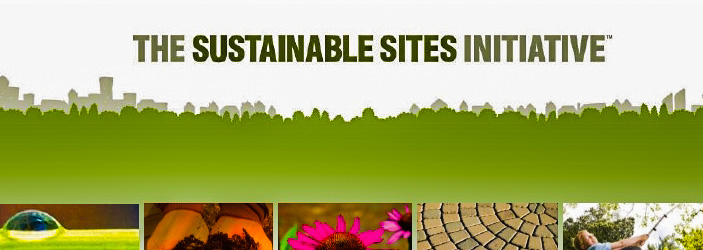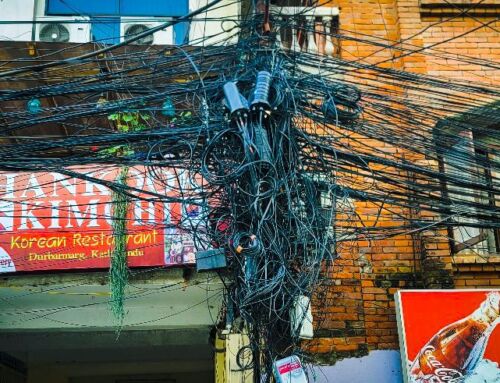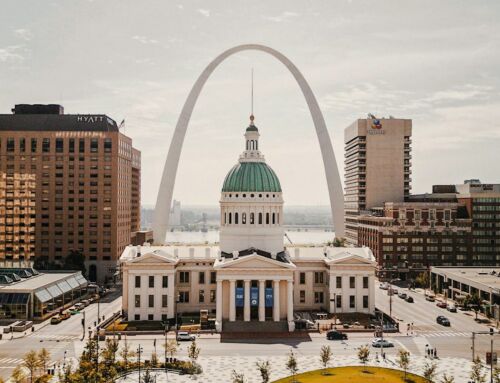View by Topic
Recent Articles
-
Federal Government Finalizes New Efficiency Standards for LightbulbsSaturday, April 13th, 2024
-
2024 IECC is Final After Addressing Preemption IssuesSaturday, April 6th, 2024
-
Settlement Portends Broad Failure in Attempts to Ban Natural GasSaturday, March 30th, 2024
-
SEC Climate Disclosure Rule Stay and Venue Now in the 8th CircuitSaturday, March 23rd, 2024
-
EV Charger Data ApocalypseSaturday, March 16th, 2024
View by Month/Year
“Green Building Law Update” Headlines
Recent Articles & News from
Stuart Kaplow’s blog
at GreenBuildingLawUpdate.com
- Shedding Light on the Future: The Evolution of Lightbulbs in the Wake of New Energy Efficiency Standards April 14, 2024
- 2024 International Energy Conservation Code is Final After Addressing Preemption April 7, 2024
- Settlement Portends Broad Failure in Attempts to Ban Natural Gas March 31, 2024
- SEC Climate Disclosure Rule Stay and Venue Now in the 8th Circuit March 24, 2024
Subscribe to the Green Building Law Update!
Stuart Kaplow brings his expertise and extensive experience to the table with his unique digital publication, "Green Building Law Update". Subscribers receive regular updates to keep them informed about important issues surrounding Environmental Law, Green Building & Real Estate Law, as well as the emerging demand for Environmental Social Governance (ESG).
Get fresh content through the lense of Stuart Kaplow's cutting-edge expertise, innovative commentary and insider perspective. Don't miss another issue! Subscribe below.

Rhode Island goes for LEED for Neighborhood Development and SITES
The State of Rhode Island is expanding its longstanding Green Buildings Act adding built landscapes to the list of public projects that must be built to recognized green building standards.
Rhode Island has since 2008 mandated the public construction projects larger than 5,000 gross square feet “shall be designed and constructed to at least the LEED certified” or equivalent standard, but not actually certified by GBCI.
Last week the House and Senate passed S952, legislation introduced on June 8, 2017, amending the Green Buildings Act by adding to the definition of public projects, that had regulated new construction or major renovations of buildings, now expanded to include a public building’s “public real property site.” The amended law now also includes verbiage describing “other public improvements of any kind to any public real property.”
And then the amendments go on to alter the definition of what is a green building standard,
Equivalent standard” means a high-performance green building standard other than LEED, LEED for Neighborhood Development, and SITES which provides a rating system or measurement tool, that, when used, leads to outcomes, similar or equivalent to, LEED, LEED for Neighborhood Development, and SITES outcomes, in terms of green building, green infrastructure and green site performance; current accepted equivalent standards include Green Globes, Northeast collaborative high-performance schools protocol; or other equivalent high-performance green building, green infrastructure and green site standard standards accepted by the department;
In a blog post last year, You Need to Review a SITES Scorecard, Now, I explained SITES was developed through a collaborative, interdisciplinary effort of the American Society of Landscape Architects, The Lady Bird Johnson Wildflower Center at The University of Texas at Austin, and the United States Botanic Garden. The U.S. Green Building Council associated Green Business Certification Inc. acquired and relaunched the SITES v2 rating system on June 10, 2015.
The U.S. GSA in its PBS-P100 Facilities Standards for the Public Buildings Services, beginning in 2016 and in its issued April 2017 standard, provides for use of the earlier version Sites (2009) to “meet baseline compliance with all applicable federal, tribal, state and local regulation” on federal projects, (although such may not survive a GSA review of green building standards in the coming months).
To date SITES has not moved the marketplace.
Under the new Rhode Island law the provisions related to LEED for Neighborhood Development and SITES continue only through December 31, 2020, for up to 4 projects:
In order to understand the capacity and cost, the department shall test the application of LEED for Neighborhood Development, and SITES for up to four (4) state projects. The department, with the assistance from the department of environmental management, shall assess the costs and benefits in accordance with subsection (d) of this section and report to the general assembly on or before December 31, 2020.
The new law goes on to provide, regulations for LEED for Neighborhood Development and SITES shall be promulgated after December 2020 based on the assessment, in anticipation of continuation of the use of LEED for Neighborhood Development and SITES by the future General Assembly action.
Rhode Island’s expansion of its Green Buildings Act to include LEED for Neighborhood Development and SITES may be a first for a state, but will no doubt improve the landscape beyond the state’s borders.









